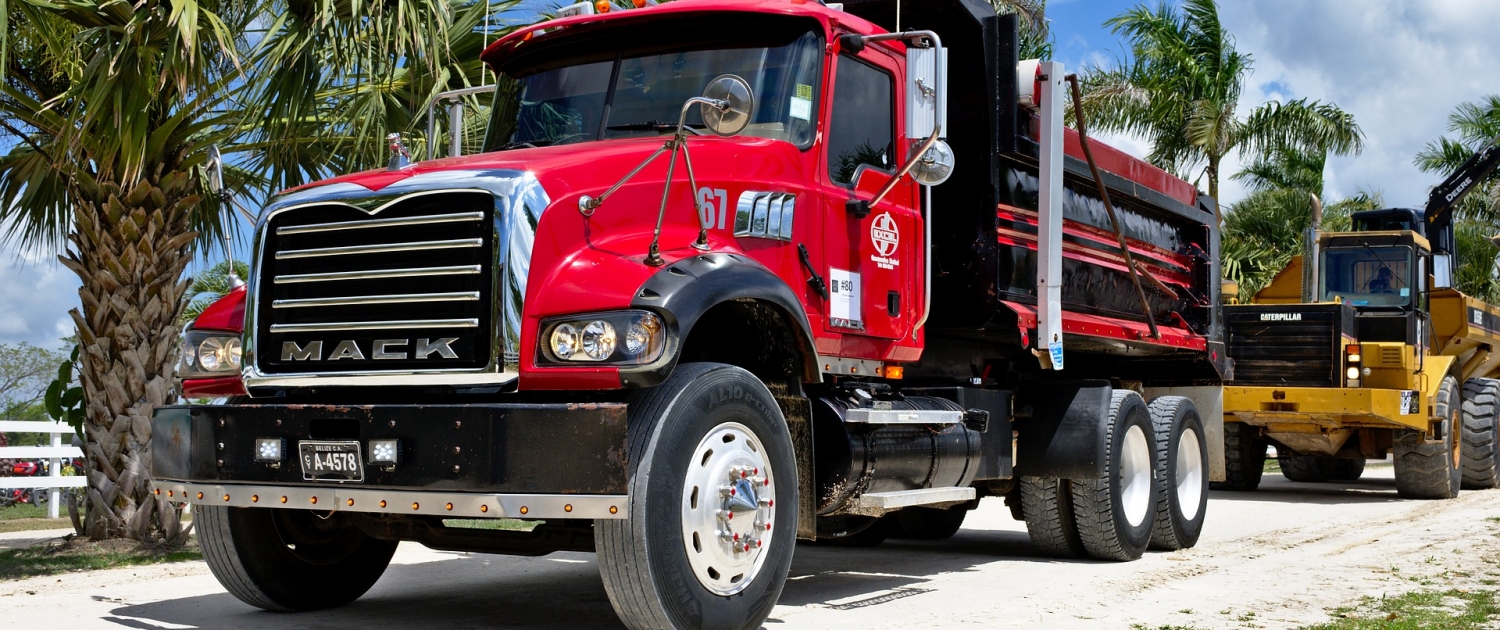 Dump truck jobs are great positions for drivers who want to stay close to home and are happy to be out rain or shine. Dump truck work includes a big range in type of load. Some drivers haul garbage, but others haul paving materials and construction supplies like dirt, gravel, sand, or coal. If you’re new to the dump truck world or are thinking about switching to become a dump truck driver, we have everything you need to find your first job.
Dump truck jobs are great positions for drivers who want to stay close to home and are happy to be out rain or shine. Dump truck work includes a big range in type of load. Some drivers haul garbage, but others haul paving materials and construction supplies like dirt, gravel, sand, or coal. If you’re new to the dump truck world or are thinking about switching to become a dump truck driver, we have everything you need to find your first job.
1. How To Get Started With A Dump Truck
License and Certifications
As with most types of truck driving, one of the first steps for starting with a dump truck is licensing. Professional dump truck drivers need either a CDL A or CDL B license to get started. A CDL B license will take less time and has a lower cost, but a CDL A allows drivers to accept a greater range of jobs. Before signing up for a CDL licensing program, do a little research to decide which type of license is better for you.
In addition to a CDL license, there are a few certifications that can be helpful for dump truck drivers. The Dump Truck Operations and Dump Truck Tailgate Removal and Installation CBT Certifications can make drivers more competitive as job candidates. Hazmat, Passenger, and Air Brakes endorsements can also benefit dump truck drivers. Each of these additional certifications opens up job possibilities and makes you a more competitive driver candidate.
Types of Trucks
As you get started in dump truck driving, take some time to get to know the types of dump trucks. There are a lot of options here. The most common type of truck, a standard dump truck, is a truck chassis with a dump truck body on the frame. The back of the bed is hinged. Also, there is a hydraulic ram under the body that raises the bed to dump loads. We won’t get into all the details here, but there are many other types of trucks that drivers use for specific types of loads or in specific geographies. To see them all, check out this list.
Job Details
While the work for dump truck jobs isn’t a light load, there are many benefits to hauling dump truck loads. Typically, dump truck work is local, so most drivers are home daily. For drivers with a family or who are tired of long nights on the road, this is a huge advantage of driving dump trucks. That said, drivers should be prepared to work rain or shine! Depending on where you live, there can be a wide range of weather conditions. As a dump truck driver, you’ll work in all of them. For drivers who are more social, dump truck jobs can be a great fit. Many drivers work with a lot of the same people consistently, so there is a sense of camaraderie on the job.
2. Company Driver or Owner Operator?
Company Driver
A big decision to make if you are getting started in dump trucking is whether you want to be a company driver or an owner operator. If you’re new to the dump truck world, starting out as a company driver can help you get experience while having a steady job. We asked Travis, a dump truck driver from a small company in Southern Oregon, if he had any tips for new drivers.
“Just be confident in yourself as a driver. Take every bit of criticism and knowledge people want to pass down. Research and watch some videos on YouTube just to get some basic knowledge. Try and find a smaller company that will be more apt to help and give drivers a chance,” shared Travis.
Owner Operator
On the other hand, if you are ready to jump in as an owner operator, you will have more flexibility. You can decide what jobs fit your schedule and meet your financial needs. Before you start, make sure you are financially ready. The biggest costs for new dump truck owner operators are in equipment. You will need to decide what type of truck is best for you and will help you get the jobs you need. While a truck is typically the biggest upfront cost, make sure you also budget time and money for licensing and smaller costs like fuel and any technology you want in your truck.
We spoke with Greg, an experienced owner operator for his company Greg Melendez Trucking, about how to find dump truck work.
“I started in ’99 and the one thing I learned was to NEVER turn down the first job and NEVER cancel due to a second job that might be better. Take the first job and work it and the person your working for will appreciate it, not like the guy that cancels thinking the second job offer is better cause most [of] the time it’s worse. Honesty goes a long way in this type of work. The more honest you are the more respect you’ll get in return,” shared Greg.
Becoming a dump truck owner operator is not cheap, but for some drivers, the payoffs in money and time are well worth it.
3. How to Find Work
If you take the big step to become a dump truck driver, being able to find jobs is a lifeline! To start your search, use sites that partner with multiple employers. Drive My Way can save you endless hours of job searching by matching you with a company that fits your qualifications and personal preferences.
If you start your job search in person, it’s all about connecting with the right people. Networking is the key to success. For local work, start with a drive! Keep an eye out for construction companies in your area that might need dump truck workers. Look for developments in your town and nearby and find out what company is paying for the work. Then, reach out to that company and see if they need extra trucks. If you want more information on a company before you reach out, go to safer.fmcsa.dot.gov and look at company snapshots. Enter the name or US DOT number to look at the fleet size and the driver number. If there are more trucks than drivers, that may mean they are looking for people to fill those jobs!
To expand your job search beyond what you find on a drive around town, start looking for construction zones. Then, find out which companies won those construction bids. For local work, contact your local government and find out what companies have contracts. Then, get in touch and ask if any of those companies are looking for sub-contractors. Dump truck owner operators can also bid on state construction contracts. However, these bids are often harder to win because many construction companies are looking for companies with multiple trucks. Start your search close to home, then make your circle bigger if needed.
Find a Truck Driving Job
Drive My Way matches you with a CDL job based on your personal preferences and qualifications.


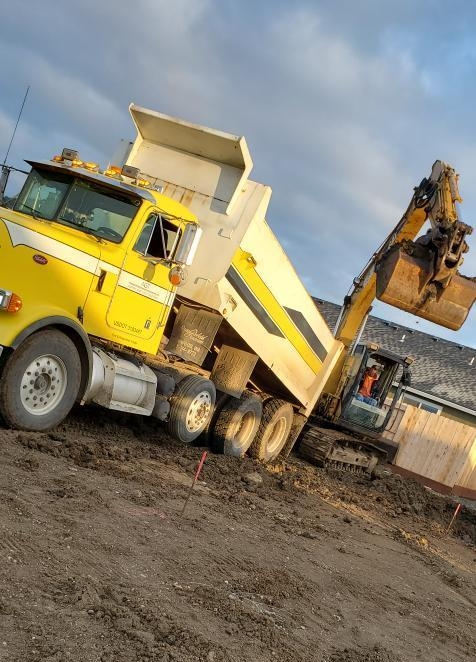

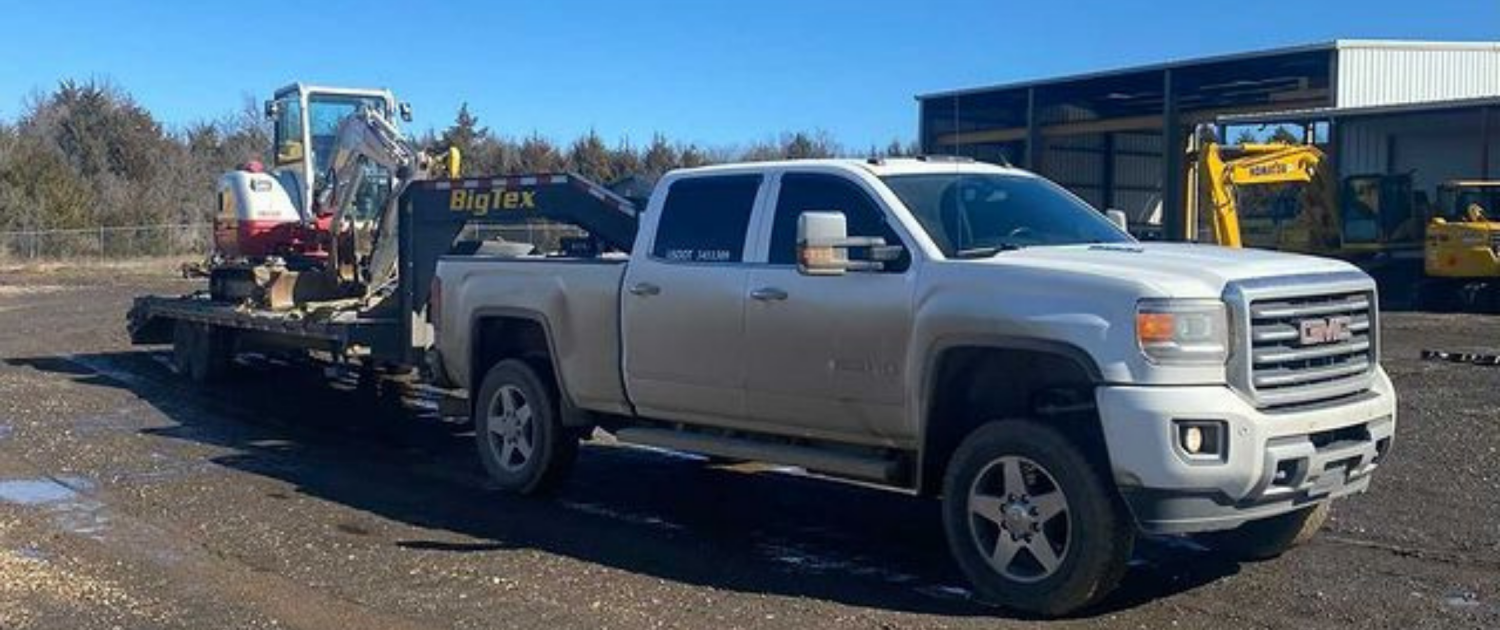
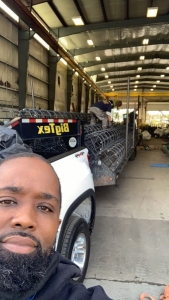
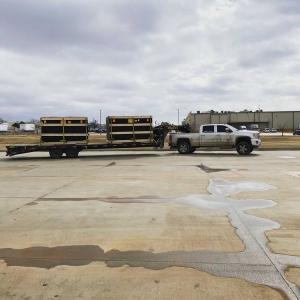






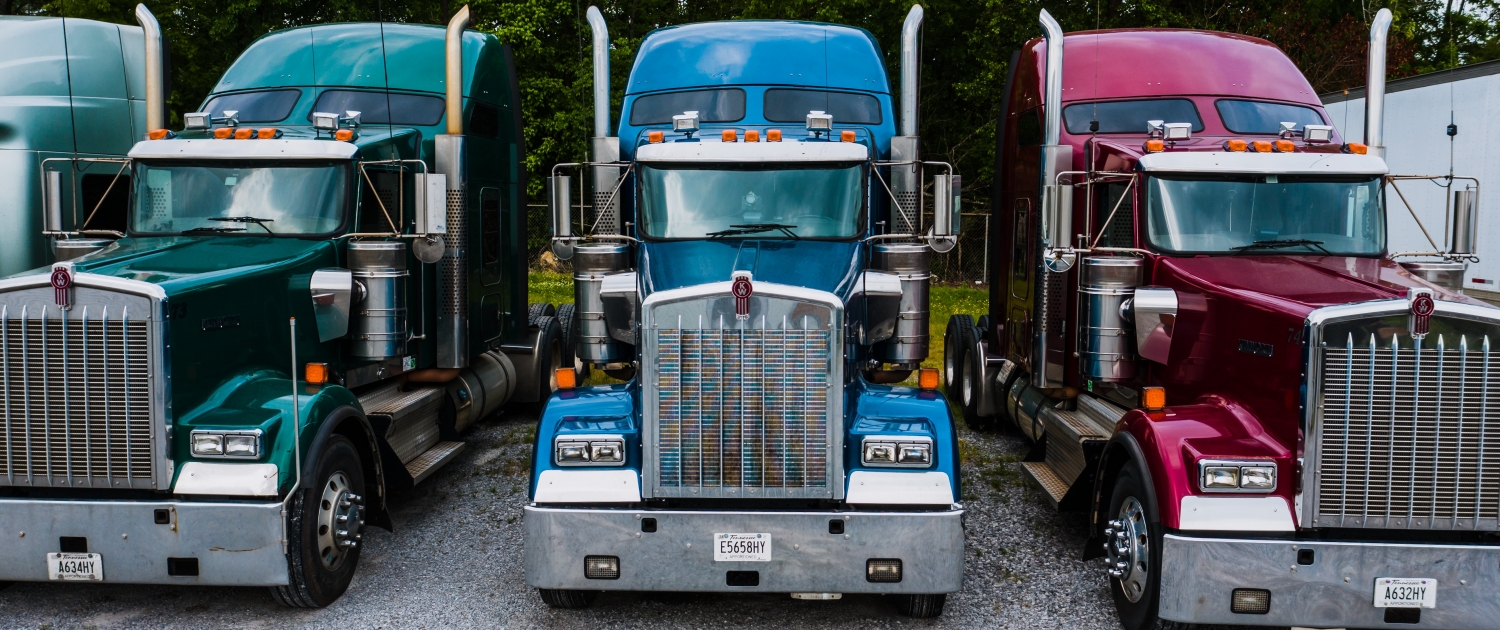
 With the decline of the Teamsters, there was a rise in forced dispatch again. Luckily, a few years ago, the FMCSA issued a ruling that penalizes companies who unsafely force dispatch on drivers. Companies can face up to a $16,000 fine if they are in violation of this ruling. If you have a coercion or forced dispatch complaint, file your complaint in writing to your
With the decline of the Teamsters, there was a rise in forced dispatch again. Luckily, a few years ago, the FMCSA issued a ruling that penalizes companies who unsafely force dispatch on drivers. Companies can face up to a $16,000 fine if they are in violation of this ruling. If you have a coercion or forced dispatch complaint, file your complaint in writing to your 

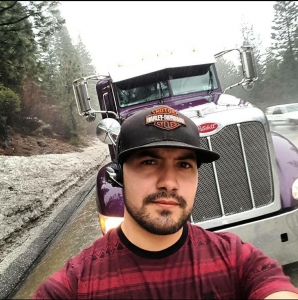
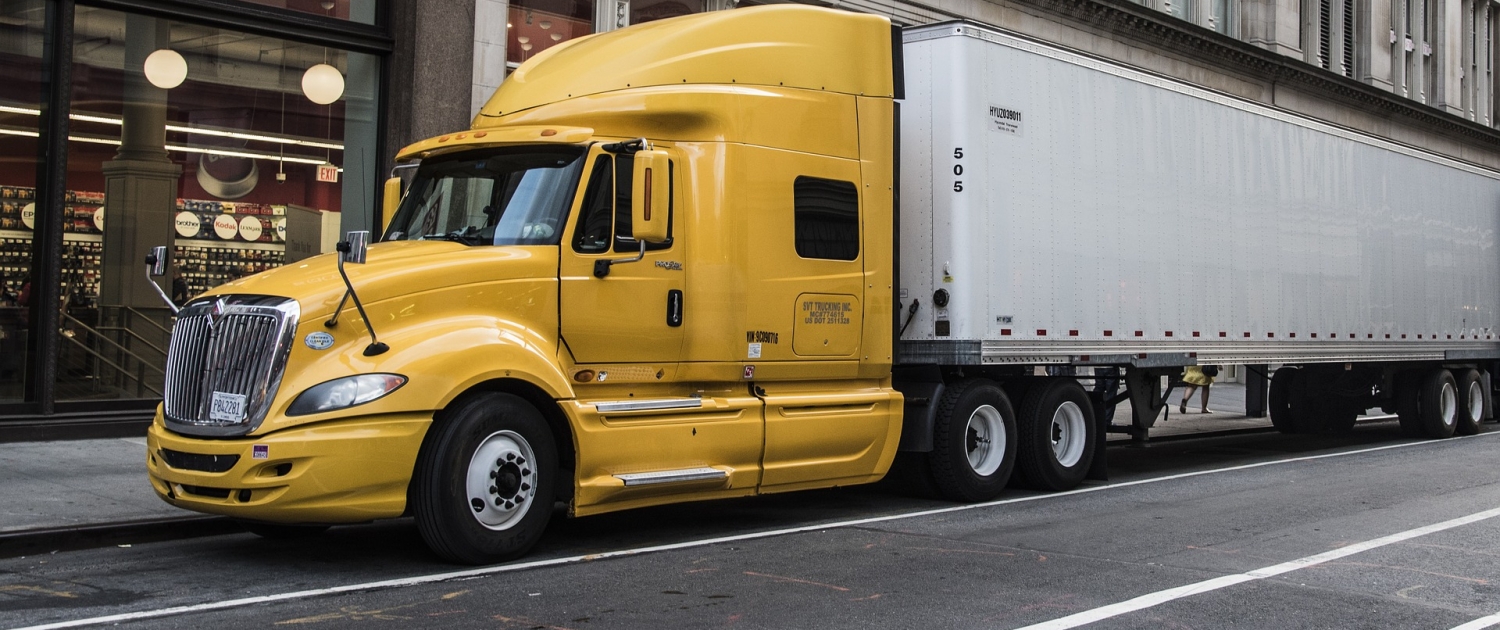



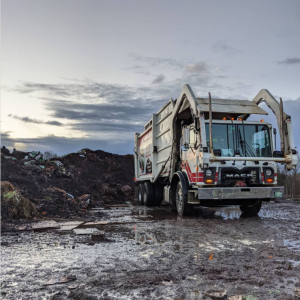
 Any time you prepare for a
Any time you prepare for a 

